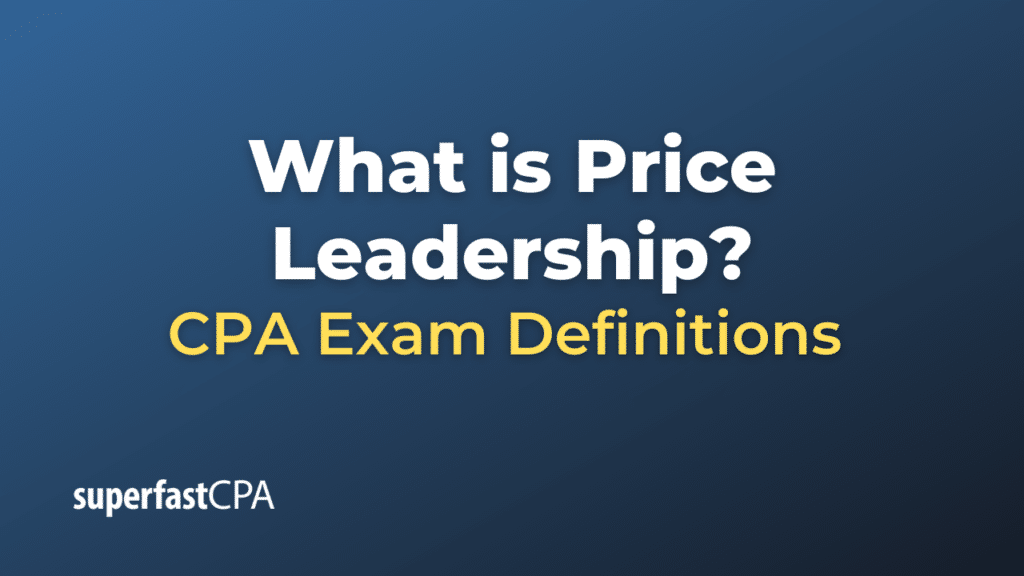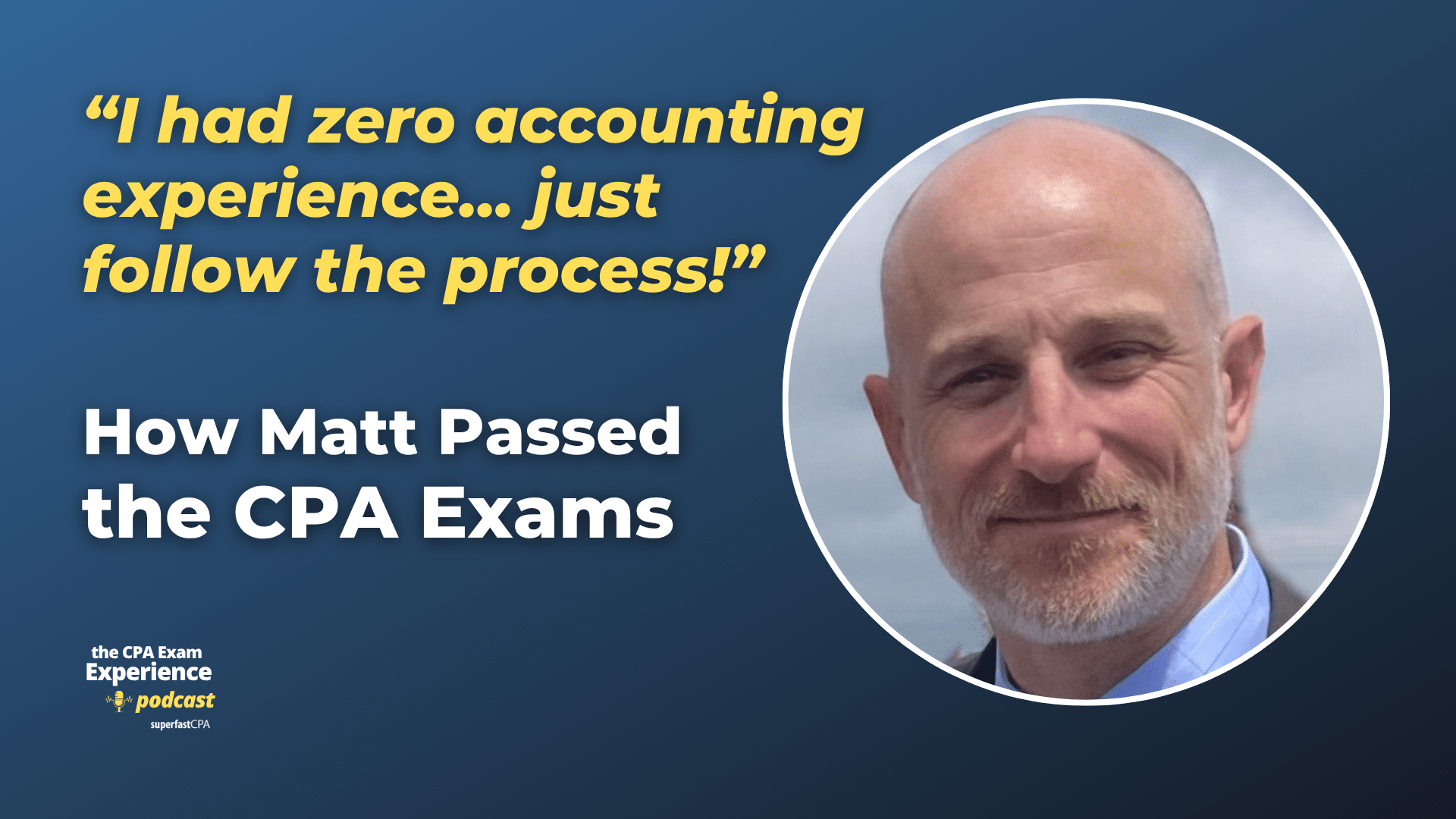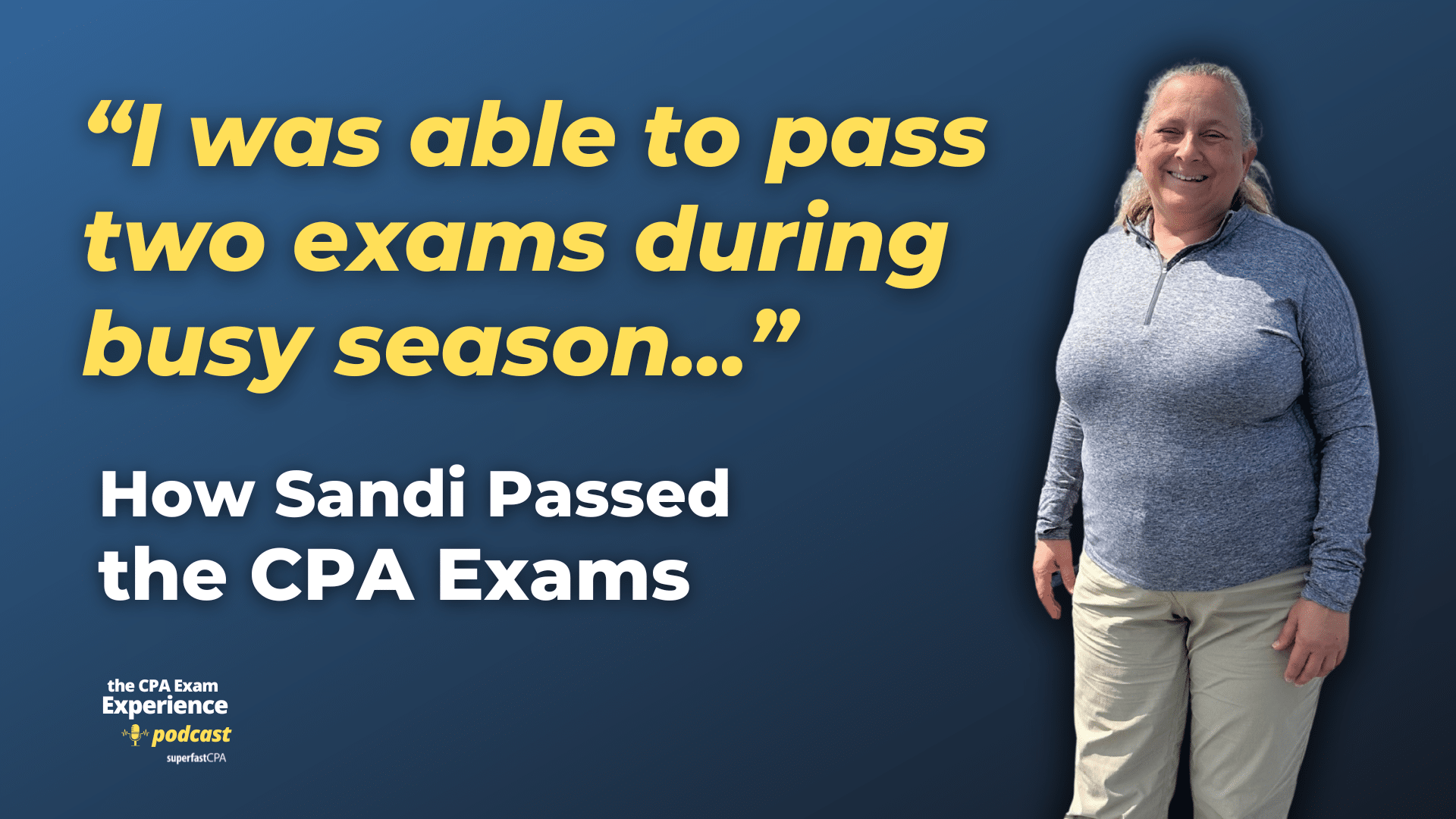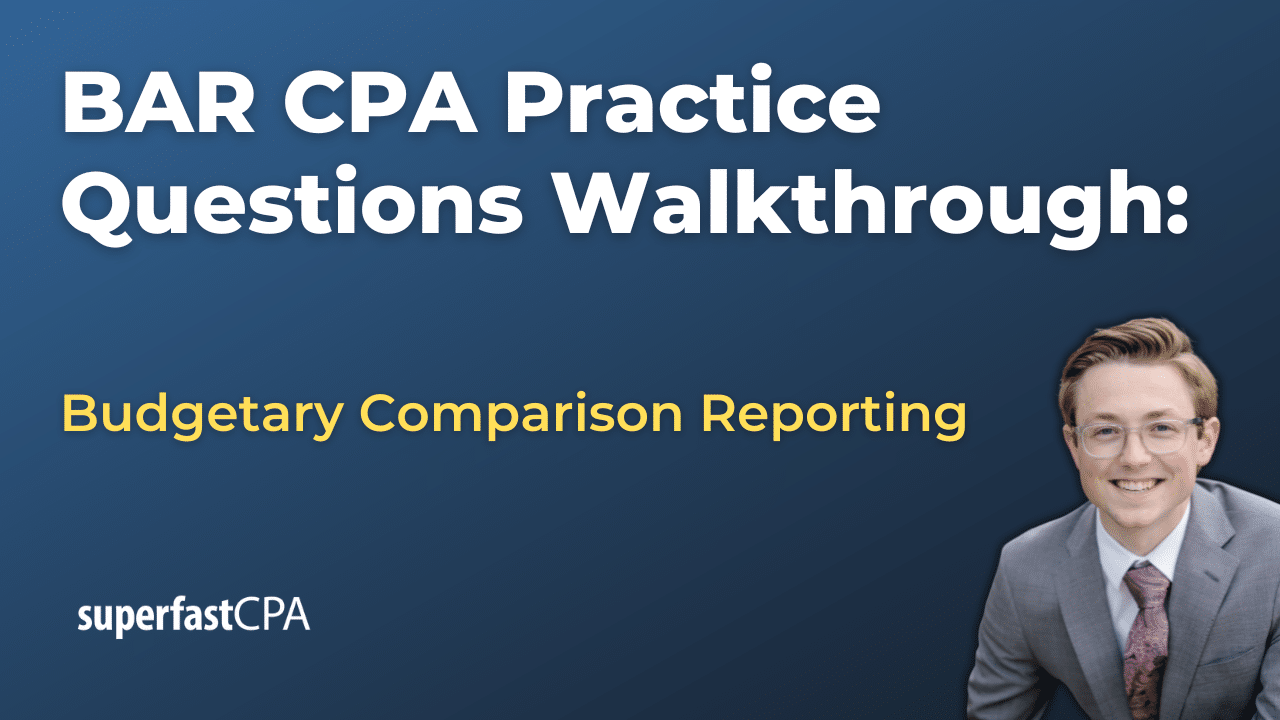Price Leadership
Price leadership is a scenario in an oligopolistic market structure where one dominant firm, often the largest in terms of market share, becomes the market leader and sets the price of a good or service. Other firms in the industry follow the pricing changes made by the leader.
The price leader firm is usually the one with the most market share, greatest market experience, lowest costs, or strongest brand recognition. Other firms in the industry follow this firm’s pricing strategy because it’s easier than constantly battling with competitors.
Price leadership can be categorized into three types:
- Dominant Firm Price Leadership: In this case, a firm with a significant portion of market share sets the price. Other smaller firms follow the pricing strategy set by the dominant firm.
- Barometric Price Leadership: Here, a firm with a reputation for sound policy and market strategies sets the price. This firm might not be the largest but is often respected and considered an industry standard.
- Collusive Price Leadership: This occurs when firms in an industry collude to set a price, effectively reducing competition. They may establish a cartel to regulate price and output. Note that this form of price leadership is illegal in many jurisdictions, as it can harm consumers and market competition.
It’s important to note that price leadership doesn’t mean price fixing. In price fixing, firms conspire to set prices, usually at an inflated level. This practice is illegal in many jurisdictions, as it is seen as anti-competitive behavior. However, price leadership involves one company leading in setting prices, with others following suit. This can often be seen in industries like airlines, where if one airline changes the price of a certain route, other airlines often follow suit.
Example of Price Leadership
Let’s consider an example from the airline industry.
In this industry, it’s not uncommon for one airline to be a price leader. Let’s take the example of a major airline, like American Airlines, due to its large market share and influence in the industry.
Suppose American Airlines decides to reduce the price of its flights from New York to Los Angeles by 15%. Given the company’s significant market presence, this could potentially lead to an increase in its market share as customers are attracted to the lower prices.
Now, other airlines such as Delta and United, who also operate on the same route, might see a drop in their bookings as customers switch to American Airlines for the lower price. To avoid losing too many customers and market share, Delta and United might decide to match the price decrease implemented by American Airlines. Even though American Airlines initiated the price decrease, the other airlines followed suit in order to remain competitive.
In this scenario, American Airlines acted as the “price leader,” with Delta and United acting as the “price followers.” This kind of pricing strategy can be commonly observed in oligopolistic markets, such as the airline industry, where a few firms dominate the market.
Remember that while this type of behavior can lead to competitive pricing and benefits for consumers, it also needs to be monitored to prevent collusion, where companies work together to keep prices high, which is illegal and harmful to consumers.









